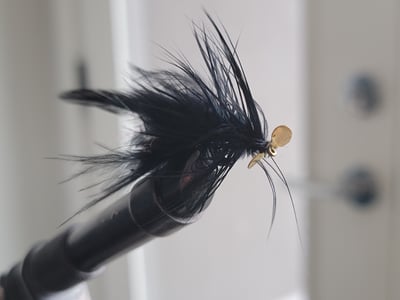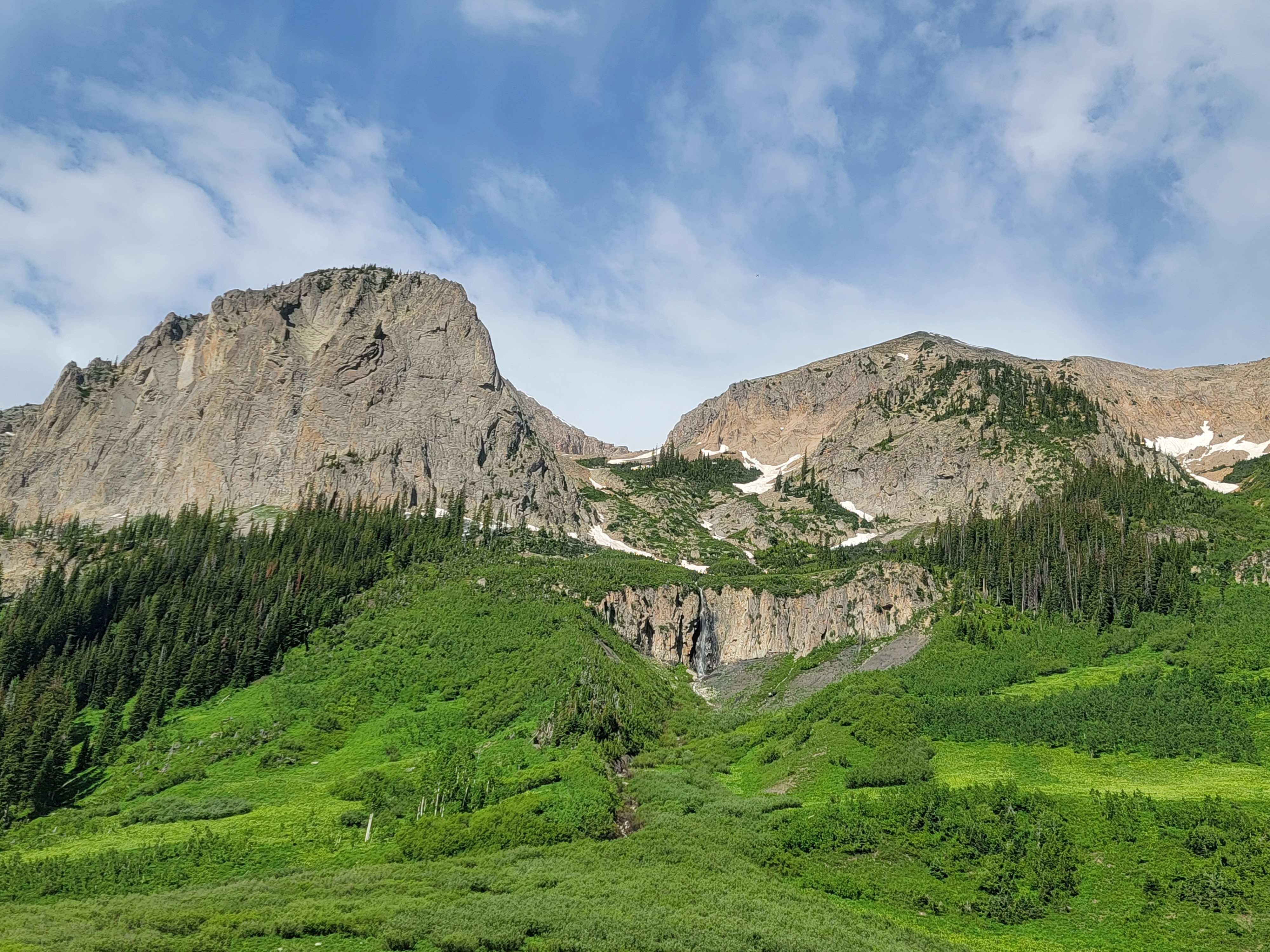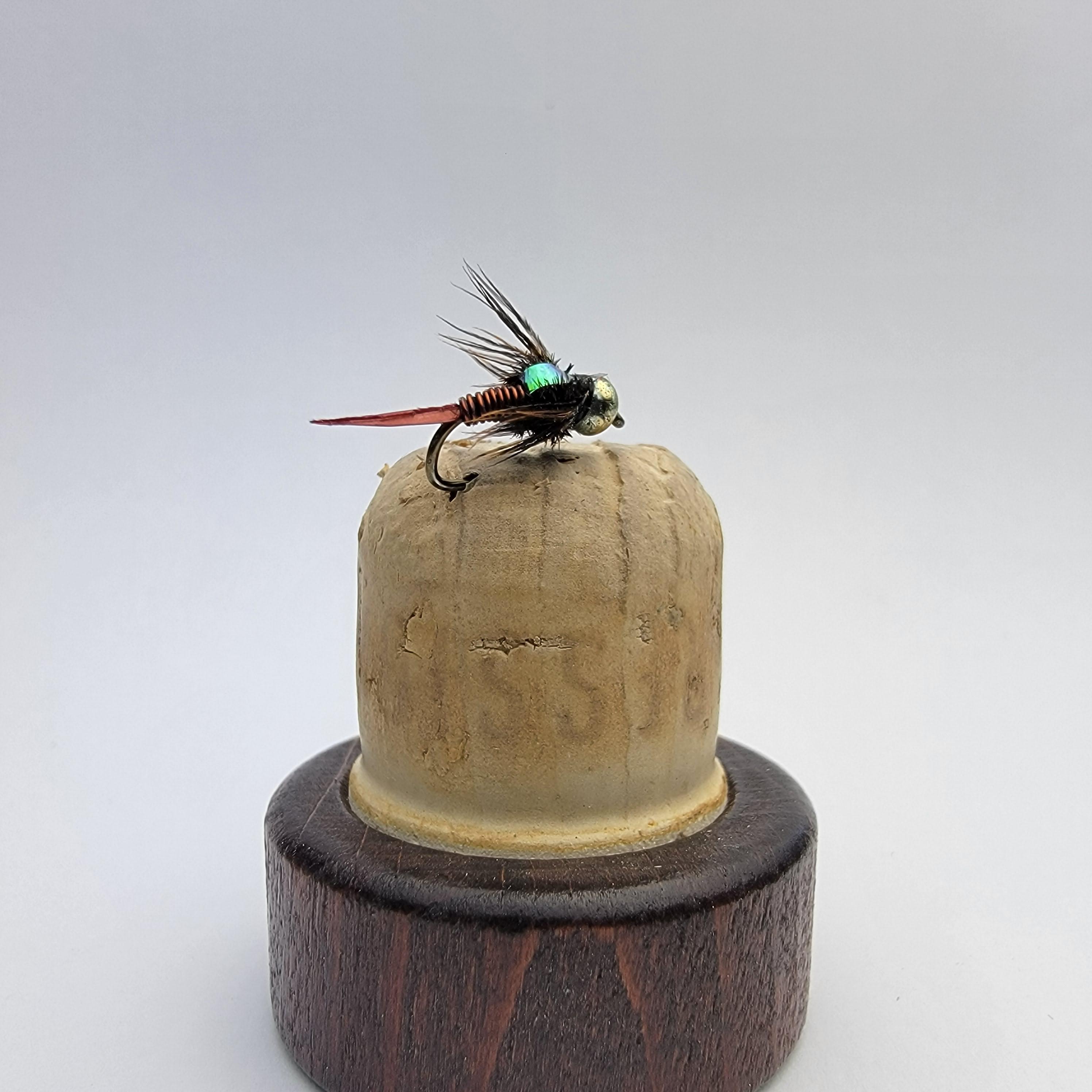Colorado's rich and diverse waters offer fly fishing enthusiasts a haven of opportunities throughout the year. As the snow melts and the days grow longer, spring's arrival in Colorado brings a renewed sense of excitement for anglers eager to hit the rivers, lakes, and streams. Known for its stunning landscapes, pristine waters, and abundant trout populations, Colorado offers a unique and rewarding experience for fly fishermen in the spring.
Top 5 Flies for Colorado in the Spring
Colorado's most recommended fly patterns for spring fishing. These patterns have proved their effectiveness repeatedly, imitating the insects and prey that trout are keying in on during this season. Discover how these flies should be fished, which techniques and retrieves tend to yield the best results and gain a deeper understanding of the natural aquatic life you're imitating.
1. Pat's Rubber Legs

This fly pattern imitates the large Salmon Fly nymphs active in Colorado's rivers during the spring. It is often fished using a nymphing technique. Cast the fly upstream or across the river, allowing it to drift naturally with the current near the bottom. Use a strike indicator to detect any subtle strikes or pauses in the drift. You can also try adding some short, quick strips to imitate the nymphs moving and crawling along the river bottom.
2. Beadhead Mini Leech
 This fly pattern represents small leeches or baitfish found in Colorado's lakes and rivers during the spring. It can be fished using different techniques depending on the situation. You can try casting the fly out and retrieving it slowly with short strips to imitate a wounded or struggling baitfish. Alternatively, you can let it sink and give it occasional twitches to entice fish to strike. Experiment with different retrieves until you find what works best.
This fly pattern represents small leeches or baitfish found in Colorado's lakes and rivers during the spring. It can be fished using different techniques depending on the situation. You can try casting the fly out and retrieving it slowly with short strips to imitate a wounded or struggling baitfish. Alternatively, you can let it sink and give it occasional twitches to entice fish to strike. Experiment with different retrieves until you find what works best.
3. Rainbow Warrior
 This versatile fly pattern imitates both midge and mayfly emergers. It can be fished effectively in both lakes and rivers during the spring in Colorado. Using a strike indicator, you can fish it as part of a nymph rig. Cast it slightly upstream and let it drift naturally with the current. Periodically pulse or twitch the fly to simulate the movement of an emerging insect. Pay attention to any slight twitches or pauses in the indicator, as these can indicate a fish taking the fly.
This versatile fly pattern imitates both midge and mayfly emergers. It can be fished effectively in both lakes and rivers during the spring in Colorado. Using a strike indicator, you can fish it as part of a nymph rig. Cast it slightly upstream and let it drift naturally with the current. Periodically pulse or twitch the fly to simulate the movement of an emerging insect. Pay attention to any slight twitches or pauses in the indicator, as these can indicate a fish taking the fly.
4. RSII

Another effective midge and mayfly emerger pattern, the RS2II is often fished as part of a nymphing setup. Like the Rainbow Warrior, cast it upstream and let it drift naturally with the current. Vary the speed of the retrieve slightly, or give the fly occasional twitches, to imitate the movement of emergers. Be observant and responsive to any subtle strikes or changes in the indicator.
5. Zebra Midge

This fly pattern imitates midge larvae and emergers active in Colorado's lakes during the spring. Fish it under an indicator or with a slow retrieve to imitate the natural movement of midge larvae. Allow it to sink to the desired depth, and then retrieve it with short, slow strips or a hand-twist retrieve. Experiment with different depths and retrieve speeds until you find what entices the fish.
fly fishing techniques can vary depending on the specific fishing conditions, such as the size of the river or lake, water temperature, and the behavior of the fish. Adapt your fishing approach, retrieve, and presentation based on the feedback you receive from observing the fish and their response to the fly.
Tight lines and enjoy your fly fishing in Colorado!
.png?width=300&height=100&name=Copy%20of%20Rise%20Beyond%20Logo%2012.31.24%20(300%20x%20100%20px).png)
.png)


